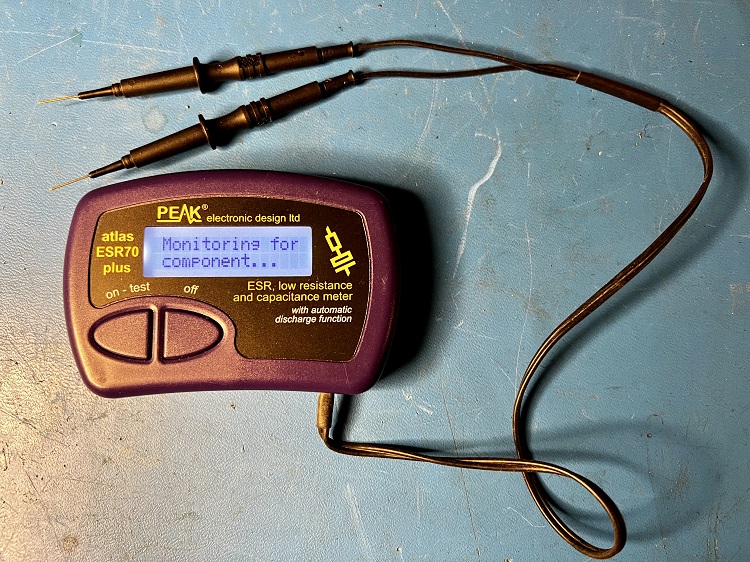
Electrical measuring instruments help engineers and technicians measure electrical parameters like voltage, current, resistance, and more. These measurements are vital for diagnosing issues, ensuring safety, and maintaining the efficiency of electrical systems.
What Are Electrical Instruments?
Electrical measuring instruments are devices used to quantify electrical values. Here are some common types:
- Multimeters: Measure voltage, current, and resistance. Available in digital and analog versions.
- Oscilloscopes: Visualize electrical signals, showing how they change over time. Essential for analyzing complex waveforms.
- Clamp Meters: Measure current without direct contact by clamping around a conductor.
- Insulation Testers: Check the integrity of insulation in electrical equipment, preventing short circuits and equipment failures.
- Power Analyzers: Measure power consumption and quality, helping to optimize energy usage and detect issues like harmonics and power factor.
How Do You Use Electrical Instruments?
Using electrical instruments effectively requires understanding their functions and following proper procedures. Let’s look at how to use some of these instruments with examples from the manufacturing space.
Multimeters:
- Example: Testing a motor’s resistance.
- Set the multimeter to the resistance (ohms) mode.
- Connect the probes to the motor terminals.
- Read the resistance value. A very high or infinite reading could indicate a broken winding.
- Pro Tip: Ensure the motor is powered off before testing to avoid damaging the multimeter or causing injury.
Oscilloscopes:
- Example: Analyzing the waveform of a variable frequency drive (VFD).
- Connect the oscilloscope probes to the output terminals of the VFD.
- Observe the waveform on the screen, adjusting the time base and voltage scales for clarity.
- Analyze the waveform for irregularities that might indicate issues like harmonic distortion.
- Pro Tip: Use differential probes for high-voltage measurements to ensure safety.
Clamp Meters:
- Example: Measuring the current draw of a CNC machine.
- Set the clamp meter to the current measurement mode.
- Open the clamp and place it around one of the power lines feeding the CNC machine.
- Read the current value on the display.
- Pro Tip: Ensure the clamp is fully closed around the conductor for accurate measurements.
Insulation Testers:
- Example: Checking the insulation resistance of a transformer.
- Set the tester to the appropriate voltage range.
- Connect the tester leads to the transformer terminals.
- Press the test button and read the insulation resistance value.
- Pro Tip: Perform insulation testing at regular intervals to prevent unexpected failures.
Power Analyzers:
- Example: Monitoring the power quality of a production line.
- Connect the power analyzer to the power supply feeding the production line.
- Record measurements of voltage, current, power factor, and harmonic distortion.
- Analyze the data to identify any power quality issues.
- Pro Tip: Use the data from the power analyzer to implement corrective measures like power factor correction.
Pros and Cons of Using Electrical Measuring Instruments
Below are the advantages and disadvantages of using electrical measuring instruments:
Pros:
- Accuracy: Provide precise measurements critical for diagnostics and troubleshooting.
- Safety: Help identify potential electrical hazards, preventing accidents.
- Efficiency: Enable optimized performance of electrical systems and equipment.
Cons:
- Complexity: Some instruments, like oscilloscopes, require a steep learning curve.
- Cost: High-quality instruments can be expensive.
- Maintenance: Require regular calibration and maintenance to ensure accuracy.
Electrical measuring instruments enable engineers to ensure the reliability, safety, and efficiency of electrical systems. From multimeters to power analyzers, each instrument has its unique application and benefits. While they come with certain challenges, the advantages far outweigh the drawbacks, making them essential tools in any engineer’s toolkit. Understanding how to use these instruments correctly can significantly enhance productivity and safety in manufacturing environments. Additionally, engineers can conveniently purchase electrical connectors at Quotebeam.com, ensuring they have access to quality components for their projects.